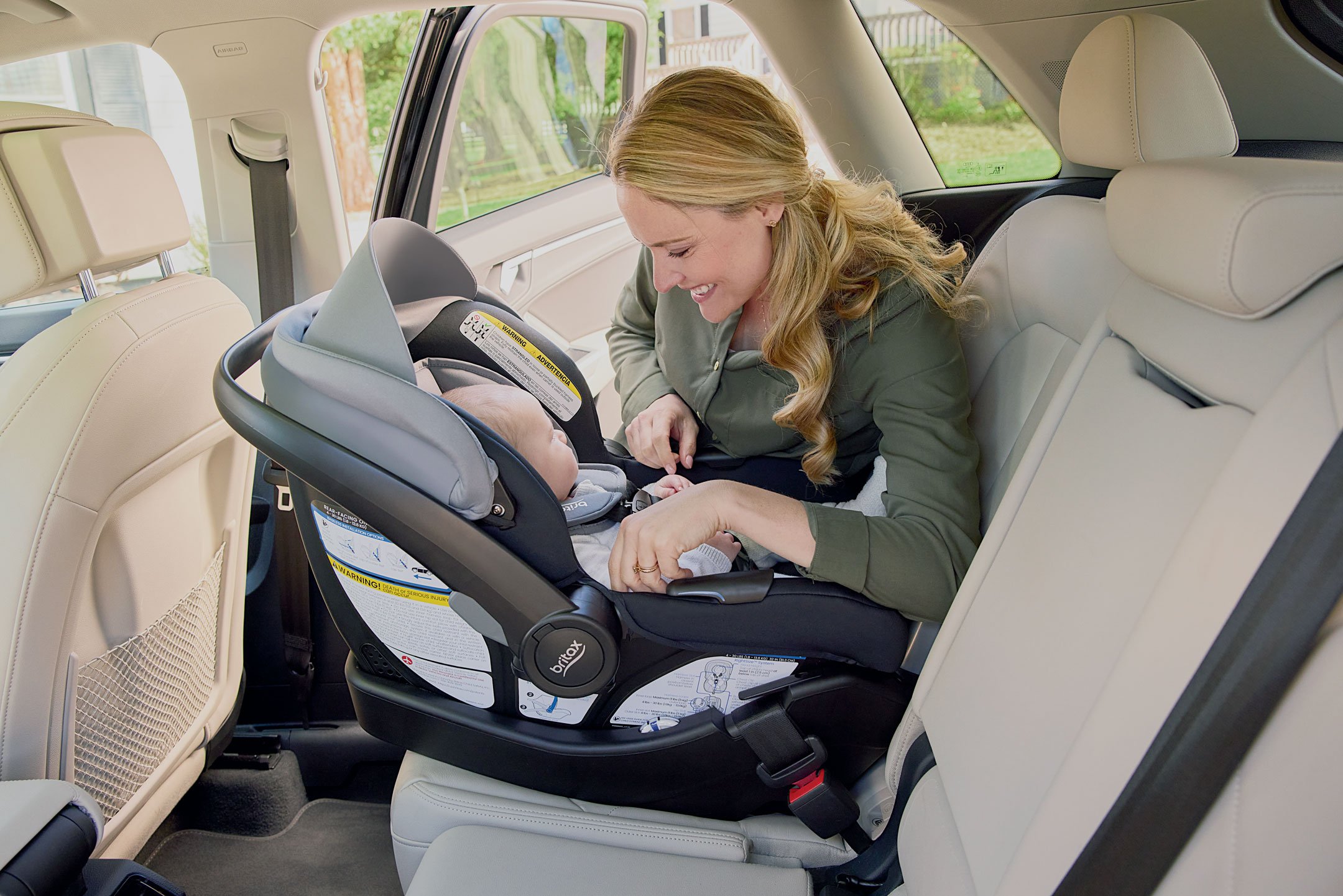U.S. Car Seat Regulations and Safety Guide by Age
U.S. Car Seat Regulations and Safety Guide by Age
Proper car seat usage is essential for ensuring a child’s safety while traveling. U.S. car seat laws vary by state but generally follow the guidelines set by the National Highway Traffic Safety Administration (NHTSA) and the American Academy of Pediatrics (AAP). Here’s a comprehensive guide to car seat regulations and safety tips for different age groups.
1. Car Seat Stages by Age and Weight
1. Rear-Facing Car Seat (Birth to 2+ Years)
- Recommended for infants and toddlers up to 2 years old (or until they outgrow the seat’s height/weight limit).
- Provides the best protection for a baby’s neck and spine in case of a crash.
- Types: Infant car seats (detachable) and convertible car seats (can later be switched to forward-facing).
2. Forward-Facing Car Seat (2-5 Years)
- Transition once the child outgrows the rear-facing seat based on weight/height limits.
- Must have a 5-point harness for maximum safety.
- Convertible or combination car seats allow for extended use.
3. Booster Seat (5-12 Years)
- Used when a child outgrows a forward-facing seat but is not yet big enough for a seat belt alone.
- Ensures the seat belt sits properly across the chest and lap, not the neck or stomach.
- High-back or backless booster seats are available.
4. Seat Belt Only (12+ Years)
- Once the child is at least 4 feet 9 inches tall and between 8-12 years old, they can transition to a regular seat belt.
- The lap belt must fit snugly across the upper thighs, and the shoulder belt must cross the chest (not the neck or stomach).
- Children should remain in the back seat until at least 13 years old for added safety.
2. State-Specific Car Seat Laws
- Car seat laws vary by state, so always check your state’s Department of Motor Vehicles (DMV) website for specific rules.
- Some states mandate rear-facing seats until at least age 2, while others allow earlier transitions.
- Many states have laws requiring booster seats for children under 8 years old or under 4’9” tall.
3. General Car Seat Safety Tips
- Proper Installation: Follow manufacturer guidelines and secure the car seat tightly (it should not move more than 1 inch in any direction).
- Use the Right Harness Fit: Straps should be snug, with the chest clip positioned at armpit level.
- No Bulky Clothing: Avoid thick coats under the harness, as they create a loose fit.
- Replace After a Crash: Even if no visible damage occurs, car seats should be replaced after a moderate or severe accident.
- Check Expiration Dates: Most car seats expire after 6-10 years; always check the manufacturer’s label.
4. Where to Get Car Seat Assistance
- Local fire stations and police departments often provide free car seat installation checks.
- The NHTSA website (nhtsa.gov) offers installation guides and local inspection stations.
- Many hospitals provide car seat safety education before newborn discharge.
5. Common Mistakes to Avoid
- Switching to a forward-facing seat too soon.
- Using a booster seat before the child is big enough.
- Incorrectly securing the harness (loose straps or mispositioned chest clip).
- Installing the car seat too loosely.
- Placing a child in the front seat before age 13.
Conclusion
Following U.S. car seat regulations and safety guidelines ensures that children are properly protected in vehicles. Always refer to state laws, NHTSA recommendations, and pediatrician advice for the best safety practices.
SEO Keywords: U.S. car seat laws, car seat safety guide, child passenger safety, best car seats USA, booster seat regulations
amazon best seller






Comments